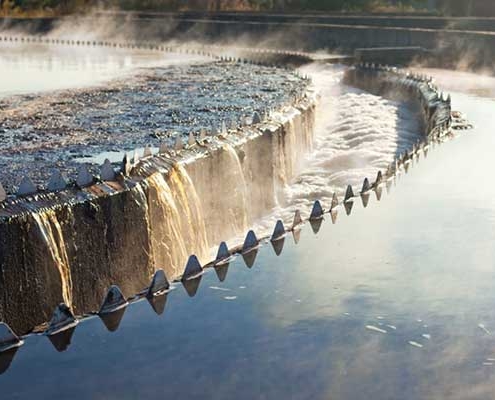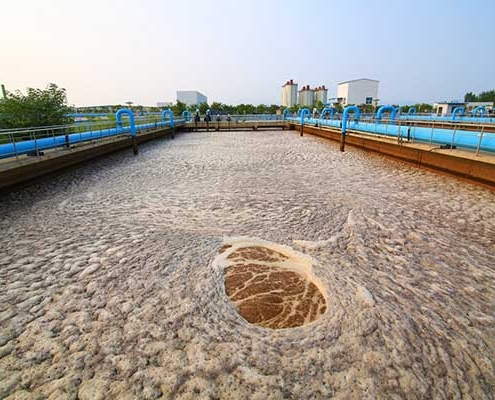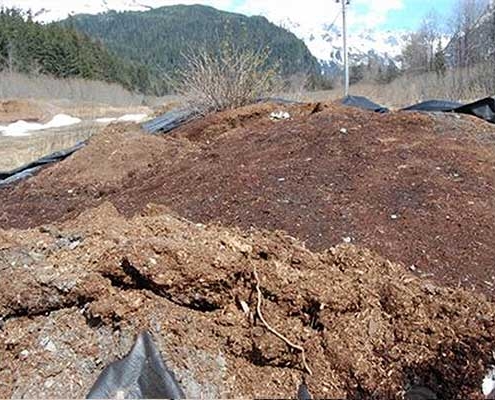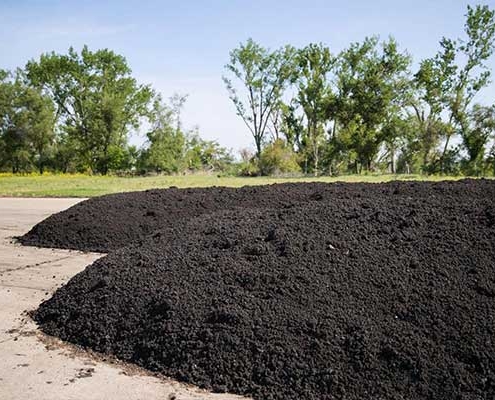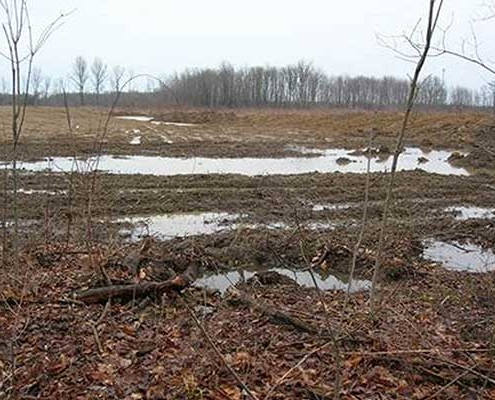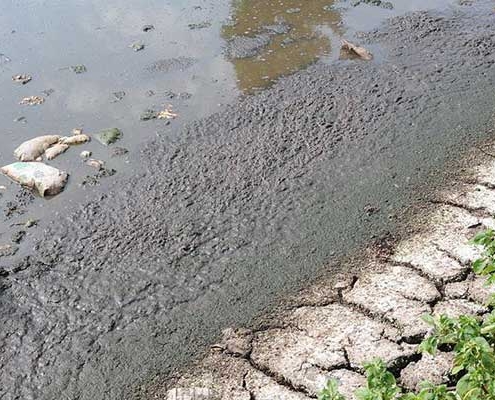Sewage sludge solutions
SEWAGE SLUDGE INTRODUCTION
Sewage sludge, or named municipal sludge, is a by-product of the municipal drainage system. It is mainly derived from urban drainage systems, including sludge from drainage pipes, pumping stations and sewage treatment plants. Its characteristics are high water content, perishable, and strong. It has a large amount of pathogenic bacteria, parasitic eggs, heavy metals such as chromium and mercury, and toxic and harmful carcinogens that are difficult to degrade, such as polychlorinated biphenyls. If these sludges are not removed from the sewage treatment system in time, the effect of sewage treatment will be affected. In severe cases, the sewage treatment plant will be shut down; and the random disposal and stacking of sludge will cause secondary pollution to the surrounding environment. At present, how to properly handle the sludge problem has become an urgent problem for most local governments in China.
CURRENT SITUATION
The problem of sludge treatment is to solve the problem of continuously decreasing water content. The current common treatment methods include deep dewatering, composting, digestion, etc. The final disposal includes land use, incineration, and landfill. Landfill is the simplest method, and the technical difficulty is low. However, sludge containing water perecntage of 60% and 80% can not be landfilled, and soil mechanics risks such as landslide and settlement may occur. Therefore, it is necessary to carry out sludge dewatering treatment for landfill sludge. Incineration is a common practice at home and abroad. Sludge can be burned alone or in combination with domestic garbage, coal-fired power plants and cement kilns. However, inadequate disposal, secondary pollution transfer, high cost, etc. are the drawbacks of various methods.
Analysis of sewage sludge disposal technology
Sludge rotary kiln co-processing
The solid waste that meets or meets the requirements for entering the kiln after pretreatment is put into the cement kiln, and the clinker production is carried out while the solid waste is disposed of harmlessly. The high temperature of the existing cement production line kiln is used.
(1) Attention should be paid to safety issues during processing.
(2) Large investment.
(3) High operating costs.
(4) There are high requirements for the composition and processing capacity of garbage.
Anaerobic sludge
Hydrolysis (conversion of particulate matter into soluble compounds), fermentation, methanogenesis.
(1) Large investment and high cost.
(2) There are security issues.
(3) A large amount of biogas residue is generated and needs to be processed again.
(4) Methane gas is difficult to incorporate into the municipal pipeline network.
Aerobic composting of sludge
Use straw and other auxiliary materials to reduce the sludge hydration rate to 60%, increase the gap to reach the required CN ratio, and continue to supplement oxygen, and 25 to 80 days of alcoholic humification.
(1) The composting process generates a lot of odors and pollutes the surrounding environment.
(2) High operating costs.
(3) The sludge quality is unstable, and the heavy metals are difficult to stabilize.
Sludge incineration
The main equipment is in the shape of a tower, with a perforated plate at the bottom. The heating medium sand is placed on the plate as a combustion bed. The tower is lined with refractory materials.
(1) Large investment and severe corrosion to the boiler.
(2) High maintenance costs.
(3) Exhaust gas emissions have a great impact and are prone to produce harmful gases such as Erniying.
Sludge sanitary landfill
Mixed with landfill.
(1) Easy to pollute water and atmosphere.
(2) The floor space is large and there are hidden safety hazards.
Rotary kiln drying
Use coal or natural gas to dry sludge.
(1) High operating costs.
(2) High-temperature drying is easy to produce odor.
(3) There are hidden dangers.
Stabilizing agent
Add lime and other solidifying agents to the original sludge, and produce a chemical reaction with the sludge to release a lot of heat and reduce the moisture content.
(1) The sludge cannot be reused, only landfill.
(2) High operating costs.
Plate and frame secondary filter press
Dilute the sludge by about 90%. After adding the agent, perform secondary pressure filtration.
Add a lot of chemicals to increase the dry weight of the sludge.

